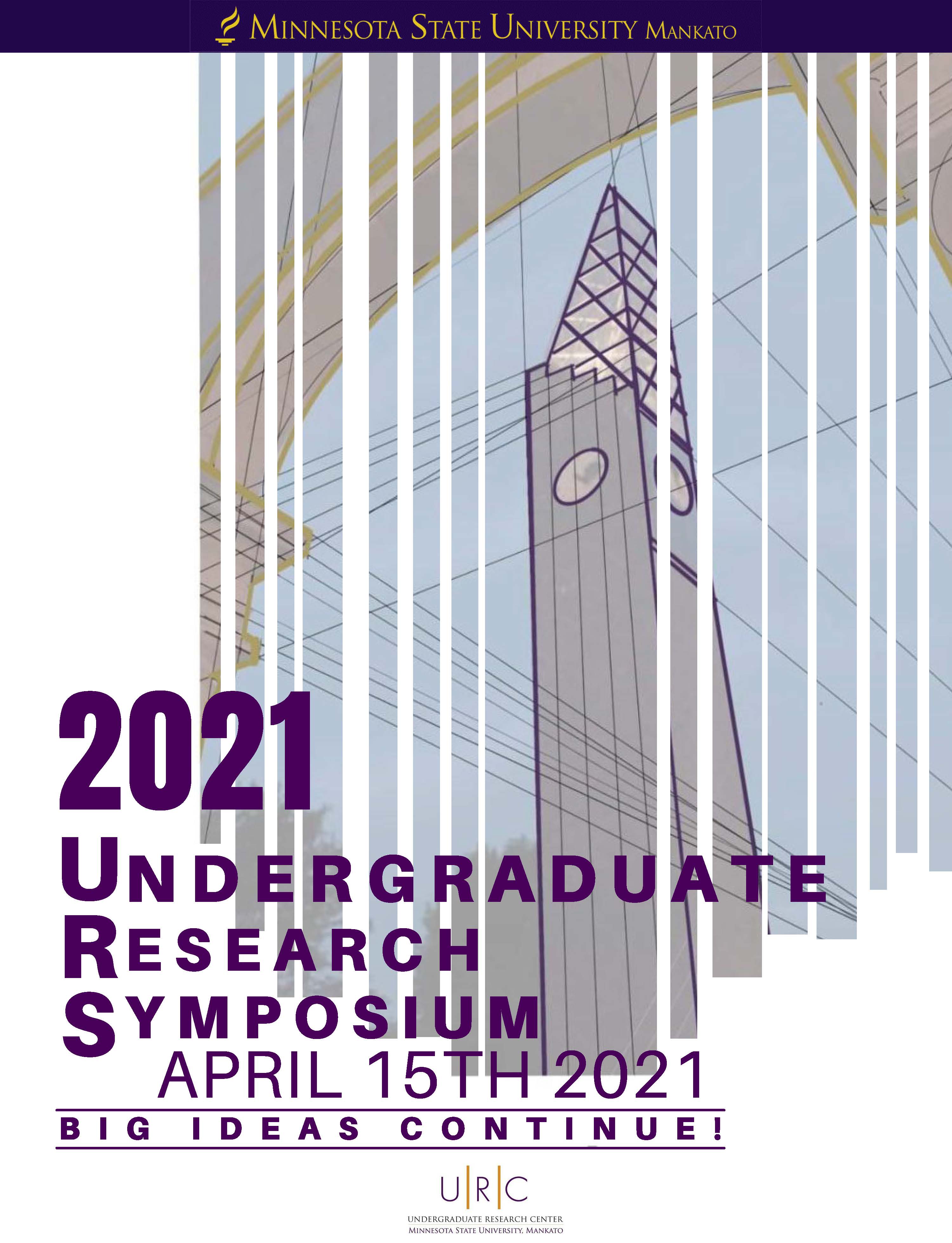The Effects of an Inlet Restrictor on the Performance of a Turbocharger
Start Date
15-4-2021 11:00 AM
End Date
15-4-2021 12:00 PM
Student's Major
Automotive and Manufacturing Engineering Technology
Student's College
Science, Engineering and Technology
Mentor's Name
Matthew Simones
Mentor's Department
Automotive and Manufacturing Engineering Technology
Mentor's College
Science, Engineering and Technology
Description
The effects of a restrictor on a turbocharger on a Formula SAE car will be the focus of this technical research project. Formula SAE race cars are high performance vehicles and the systems on these cars should be designed for this purpose. Design goals of the restricted turbocharger system are to maximize power produced by a restricted engine. The system must also be compliant with FSAE competition rules. Most turbocharger inlets are unrestricted and allow for the desired amount of airflow to enter the turbocharger. Per the FSAE competition rules a restrictor is to be placed before the inlet of the turbocharger, thus restricting airflow into the turbocharger. What will be found in this research is how the turbocharger will react once the restrictor reaches its maximum potential flow while the turbocharger demands a greater airflow. This technical research will also explore ways to maximize airflow through a restrictor while on a budget. Pressure transducers will be placed before and after the turbo compressor to monitor pressure changes. Calculations will be performed to determine the pressure, mass airflow, volumetric airflow, and speed of the air past each sensor. The test will be conducted using an unoptimized and optimized restrictor. The data measured and calculated in this study will be compared. It is expected that the speed of the compressor wheel of the turbocharger will continue increasing in speed, thus creating a vacuum between the restrictor and the turbocharger. It is expected that once the restrictor reaches its maximum flow, the boost pressure created by the turbocharger will remain constant even as compressor wheel speeds rise. The design considerations for Formula SAE cars are uncommon due to their unique set of rules.
The Effects of an Inlet Restrictor on the Performance of a Turbocharger
The effects of a restrictor on a turbocharger on a Formula SAE car will be the focus of this technical research project. Formula SAE race cars are high performance vehicles and the systems on these cars should be designed for this purpose. Design goals of the restricted turbocharger system are to maximize power produced by a restricted engine. The system must also be compliant with FSAE competition rules. Most turbocharger inlets are unrestricted and allow for the desired amount of airflow to enter the turbocharger. Per the FSAE competition rules a restrictor is to be placed before the inlet of the turbocharger, thus restricting airflow into the turbocharger. What will be found in this research is how the turbocharger will react once the restrictor reaches its maximum potential flow while the turbocharger demands a greater airflow. This technical research will also explore ways to maximize airflow through a restrictor while on a budget. Pressure transducers will be placed before and after the turbo compressor to monitor pressure changes. Calculations will be performed to determine the pressure, mass airflow, volumetric airflow, and speed of the air past each sensor. The test will be conducted using an unoptimized and optimized restrictor. The data measured and calculated in this study will be compared. It is expected that the speed of the compressor wheel of the turbocharger will continue increasing in speed, thus creating a vacuum between the restrictor and the turbocharger. It is expected that once the restrictor reaches its maximum flow, the boost pressure created by the turbocharger will remain constant even as compressor wheel speeds rise. The design considerations for Formula SAE cars are uncommon due to their unique set of rules.



